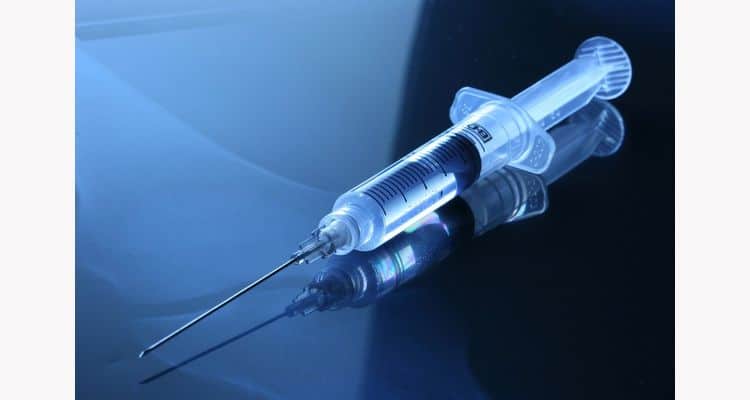The process of selecting surgical equipment is a delicate balance between embracing innovation and prioritizing reliability. Surgeons and medical professionals require instruments that offer both cutting-edge capabilities and unwavering dependability to ensure the best possible patient outcomes.
In the modern medical landscape, innovation often takes the form of robotic-assisted surgery, advanced imaging systems, and minimally invasive tools. These innovations offer benefits like enhanced precision, reduced patient trauma, and quicker recovery times. However, with innovation also comes a learning curve and the need for rigorous training to maximize the potential of these tools.
Reliability, on the other hand, is the cornerstone of successful surgeries. Surgeons need to trust that their instruments will perform as intended, without glitches or malfunctions. This is especially critical in high-pressure scenarios where split-second decisions can make all the difference. While the latest gadgets are enticing, proven and time-tested surgical equipment remains the bedrock of medical practice.
Ultimately, the selection process involves a holistic approach. Surgeons, along with healthcare administrators and procurement teams, must carefully evaluate the specific needs of their facility, the expertise of their staff, and the available budget. The ideal balance between innovation and reliability will vary from one institution to another, but the common goal remains unwavering: providing the best care possible to patients through the optimal use of surgical equipment.



